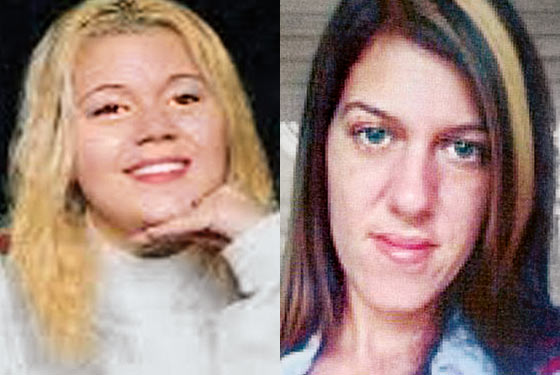

An interview request got a quick response, something of a first in my experience with the Suffolk police. Johnny Milano/The New York Timesīut for this case, Hart seemed eager to be accessible. Hart is trying to resuscitate the murder inquiry in part by engaging the public.
#Long island killer victims serial
Suffolk County Police Commissioner Geraldine Hart displays a detail on a belt that the Gilgo Beach serial killer may have handled during a news conference in Yaphank, NY, on Jan 16, 2020. Running one of the nation’s largest police departments (let alone one that had recently been tainted with scandal) never seemed to be on her agenda. Before taking the job in 2018, Hart, had spent more than 20 years largely behind the scenes as an FBI agent, later to be the head of the bureau’s Long Island field office. The public nature of being police commissioner still seems slightly foreign to her.

She spoke on the phone from her office at Police Headquarters in Yaphank, and her manner was unshowy, her affect flattened by a lifetime in law enforcement - and her accent, without a doubt, from the Island. I called her in August, with the pandemic still raging. “I was born and raised on Long Island, yes,” said Hart, 53. Two years into the job, Hart had moved Suffolk County’s most notorious unsolved case forward - where others once seemed determined to keep it from going anywhere at all. The difference started with the woman at the lectern. “While this is not the outcome they wanted,” the commissioner said with an air of formality, “we hope this brings some sense of peace and closure.”īut there was a broader meaning to this moment: the possibility that after years of stasis, the Long Island serial killer case may no longer be quite so cold. 6’s identity was a revelation to Mack’s family. For a decade, there has been no telling how these women died - or who took their bodies to the woods, beaches and roadside brambles of Long Island. But in this, she had much in common with the other victims, most of whom also had been petite women in their 20s who worked as escorts and came to New York from elsewhere. There was nothing to connect her to Long Island. Mack’s arrest record placed her in Philadelphia in the months before she vanished. Hart is determined to budge Long Island’s stagnant serial killer case. Geraldine Hart, the Suffolk County police commissioner, in Hauppauge, NY, on Sept 23, 2020. 6’s identity: She was Valerie Mack, a 24-year-old mother from southern New Jersey who had paid the bills as an escort and had been missing for 20 years. Now, seemingly out of nowhere, Hart was revealing that the police had learned Jane Doe No. The police used DNA analysis to link the remains, but the victim’s identity continued to be a mystery for more than 10 years. Hunters had first found arts of her body, in plastic bags, in the pine barrens in 2000 then, in 2011, after the discovery of several other victims, the Suffolk County police found more of her body near Gilgo Beach. Hart’s announcement in May concerned a victim referred to as Jane Doe No 6. Months passed, then years, with no comment from the department about the case. And yet for a decade, the police have announced not a single suspect or person of interest. Within months, the remains of as many as 16 victims had been found, from Gilgo Beach stretching out east to the pine barrens of Manorville. This was only the first of several grisly discoveries. All the victims were women, and all had been escorts on Craigslist. It began with the discovery, 10 years ago, of four bodies wrapped in burlap and discarded on a desolate stretch of Ocean Parkway near Gilgo Beach. More than an unsolved mystery, the case of the Long Island serial killer has been an investigation with next to no visible movement - a procedural that even the police, at times, seemed to want no part of.


 0 kommentar(er)
0 kommentar(er)
